
Sign in to your ScreenRant account
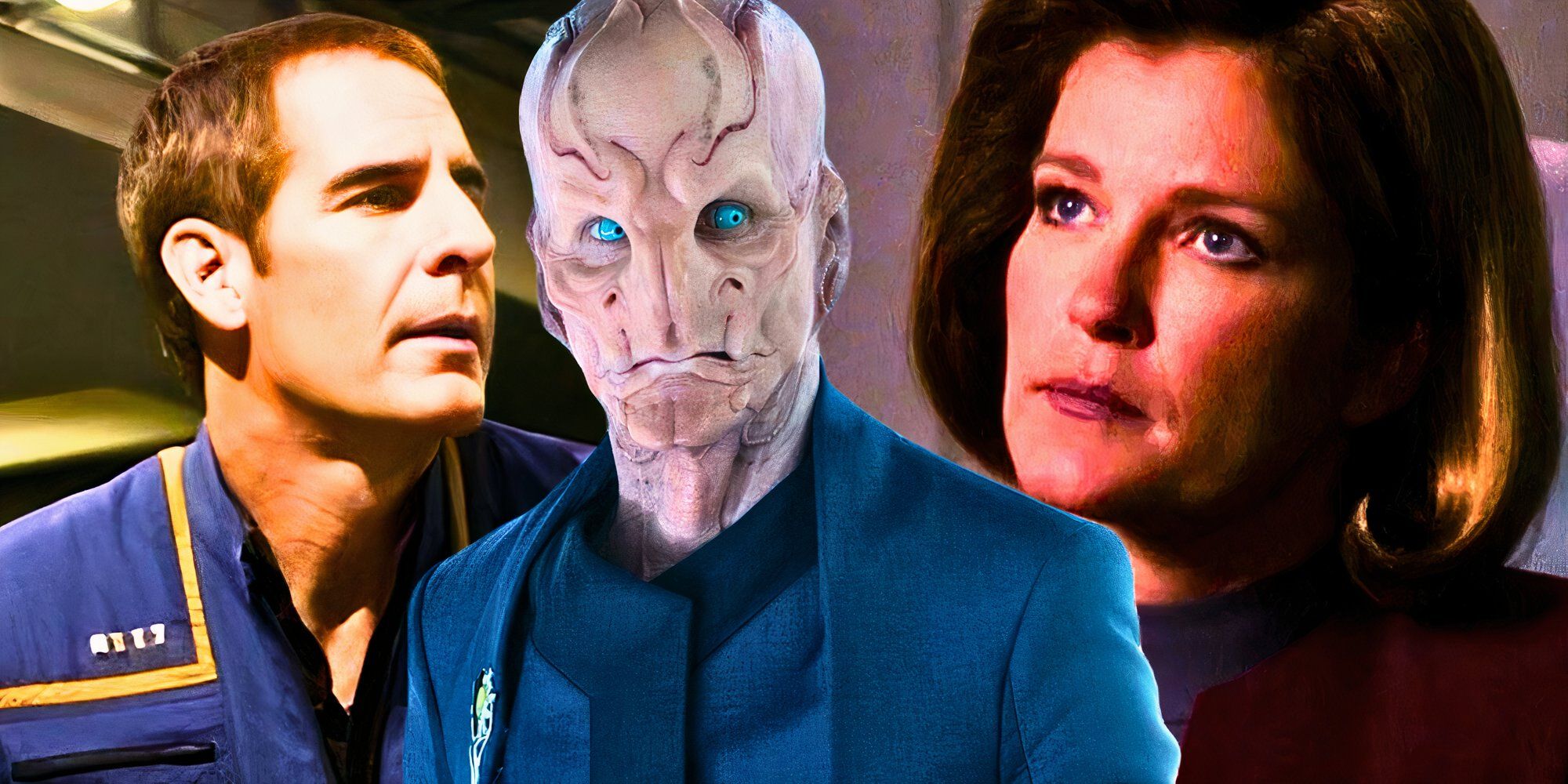 Custom Image by Daniel Bibby
Custom Image by Daniel Bibby
Although Star Trek is still recognizably one of the biggest sci-fi franchises in the world, there was a time when the saga was thrust into redundancy for over a decade before it was brought back and reworked for the modern era. Although there have been many Star Trek movies over the decades, it's the Star Trek TV shows that create the heart of the space opera's sprawling, generational narrative. So, because the franchise has such a storied history, it has understandably gone through many changes since its inception.
Star Trek can generally be split into two eras: the classic shows, and the modern ones. After Star Trek: The Original Series' cast began the story began in 1966, the franchise enjoyed an impressive spell of largely uninterrupted storytelling spanning many movies and TV shows. Unfortunately, Star Trek: Enterprise's season 4 finale was the last fans would see from the Star Trek TV shows for a long while when the Original Series prequel came to an end in 2005. Thankfully, Star Trek has now learned from the lesson that caused its long hiatus.
Many Of The Classic Star Trek Shows Were Too Similar
Star Trek: The Next Generation perfected a formula that lasted until Star Trek: Enterprise's finale
Star Trek: The Original Series was groundbreaking in its time, and Star Trek: The Next Generation refined the formula even further as the show's first live-action spinoff. However, after that, the next three shows started to become less and less distinct from the tweaked blueprint laid out by The Next Generation. Of course, there were differences, but few that were particularly notable when it came to separating most of the classic-era Star Trek TV shows. This resulted in a feeling of sameness and fatigue that led to the franchise as a whole becoming redundant by 2005's Star Trek: Enterprise finale.
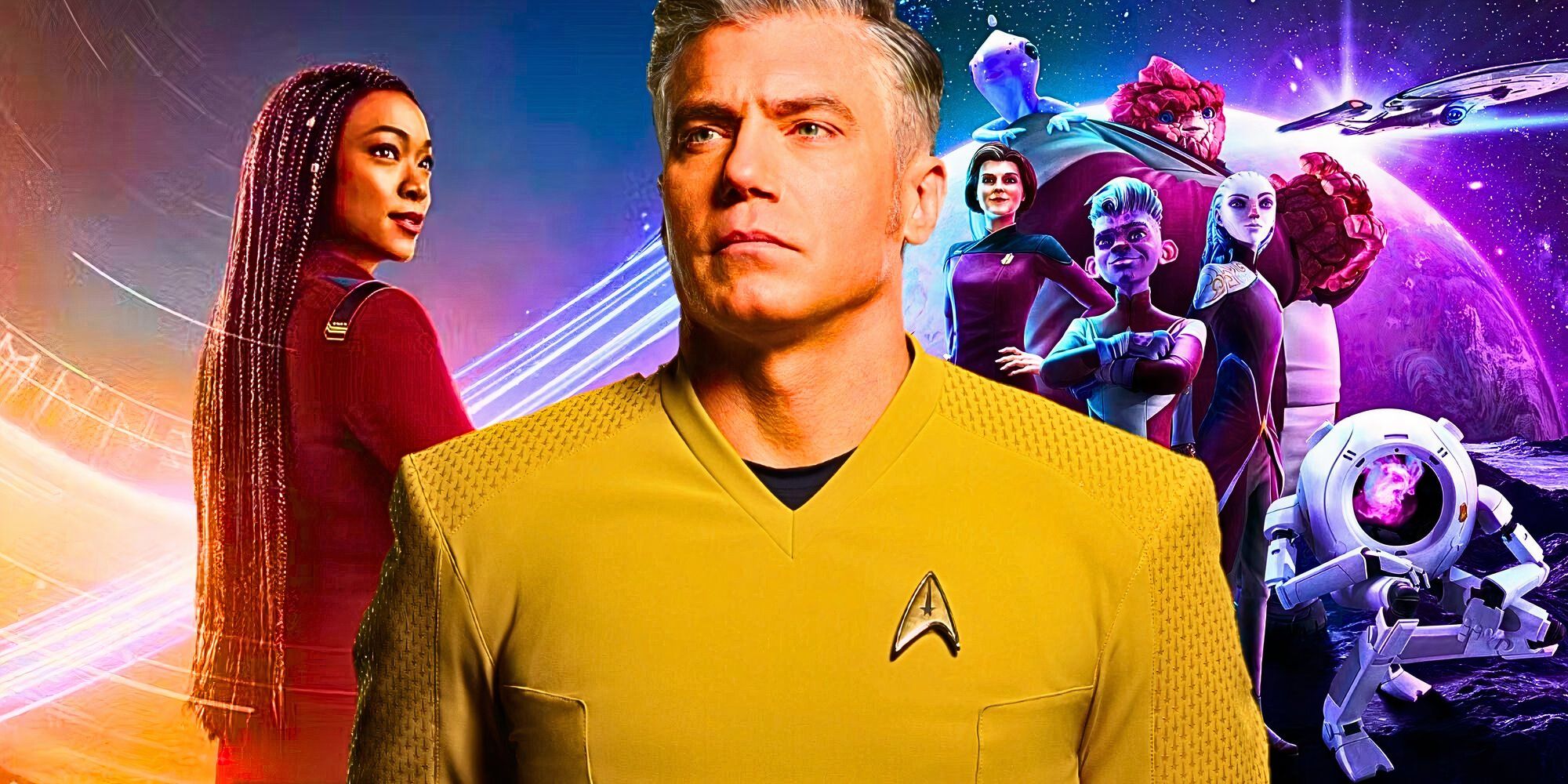
Related
Star Trek's Top 5 Shows On Rotten Tomatoes Reveal A Surprising Truth About The Iconic Sci-Fi Franchise
Despite Star Trek's reputation for a certain type of storytelling, its highest-rated TV shows reveal something very interesting about what works best.
There is an argument to be made for Star Trek: Deep Space Nine being a standout among these projects, as it introduced non-Starfleet personnel as part of the main cast and engaged in semi-serialized storytelling. Regardless, when held up against its other contemporaries like Star Trek: Voyager, Deep Space Nine's overall aesthetic and feel still wasn't all that unique. Even delving deep into the timeline's past with Star Trek: Enterprise wasn't quite enough to create a show that came across as a brand-new experience, and it remained that way until Star Trek: Discovery premiered in 2017.
Star Trek's Modern Era Has Experimented Far More With Various Formats
The iconic sci-fi franchise has now toyed with gritty spinoffs and lighthearted comedies
Star Trek: Discovery kickstarted the modern era of the Prime Universe after JJ Abrams' Kelvin Timeline movies. Discovery's drastic differences when compared to the franchise's classic era made many fans believe the show was also set in the Kelvin Timeline, but this was not the case. All five seasons of Star Trek: Discovery are strongly serialized, which was an approach that the advent of streaming services allowed the project to embrace while moving away from its predecessors' episodic format. It also made the divisive decision to have a main character rather than revolve around a traditional ensemble cast.
Star Trek: Strange New Worlds is the only modern show that follows the franchise's classic framework.
Star Trek: Picard followed in Discovery's footsteps by serializing its narrative, and also largely focused on Patrick Stewart's title character. Although the dark and gritty tones of both shows made them similar, Picard differed by being a legacy sequel to Star Trek: The Next Generation. As more new shows were announced, their formats continued to be vastly different. Star Trek: Voyager also received a disguised legacy sequel, only in animated form in the shape of Star Trek: Prodigy. Perhaps most surprising has been the immense success of a Star Trek animated comedy, with Lower Decks' brilliance catching everyone off guard.
Modern Star Trek's Mixed Results With Its Format Experiments Should Still Be Respected
Even divisive modern Star Trek projects ultimately contributed something positive to the franchise
Star Trek: Enterprise's divisive ending made the franchise's continuation in its known form pretty untenable. It was met with many negative comments, so making another Star Trek show in the same vein would arguably have done more harm than good to the franchise's legacy. So, the saga had plenty of time to ruminate on how to bring Star Trek back, and whether such a thing was even possible. Star Trek: Discovery scratched the itch for portions of the fan base while also bringing in a new generation of fans, but it wasn't universally loved by existing Trekkies.
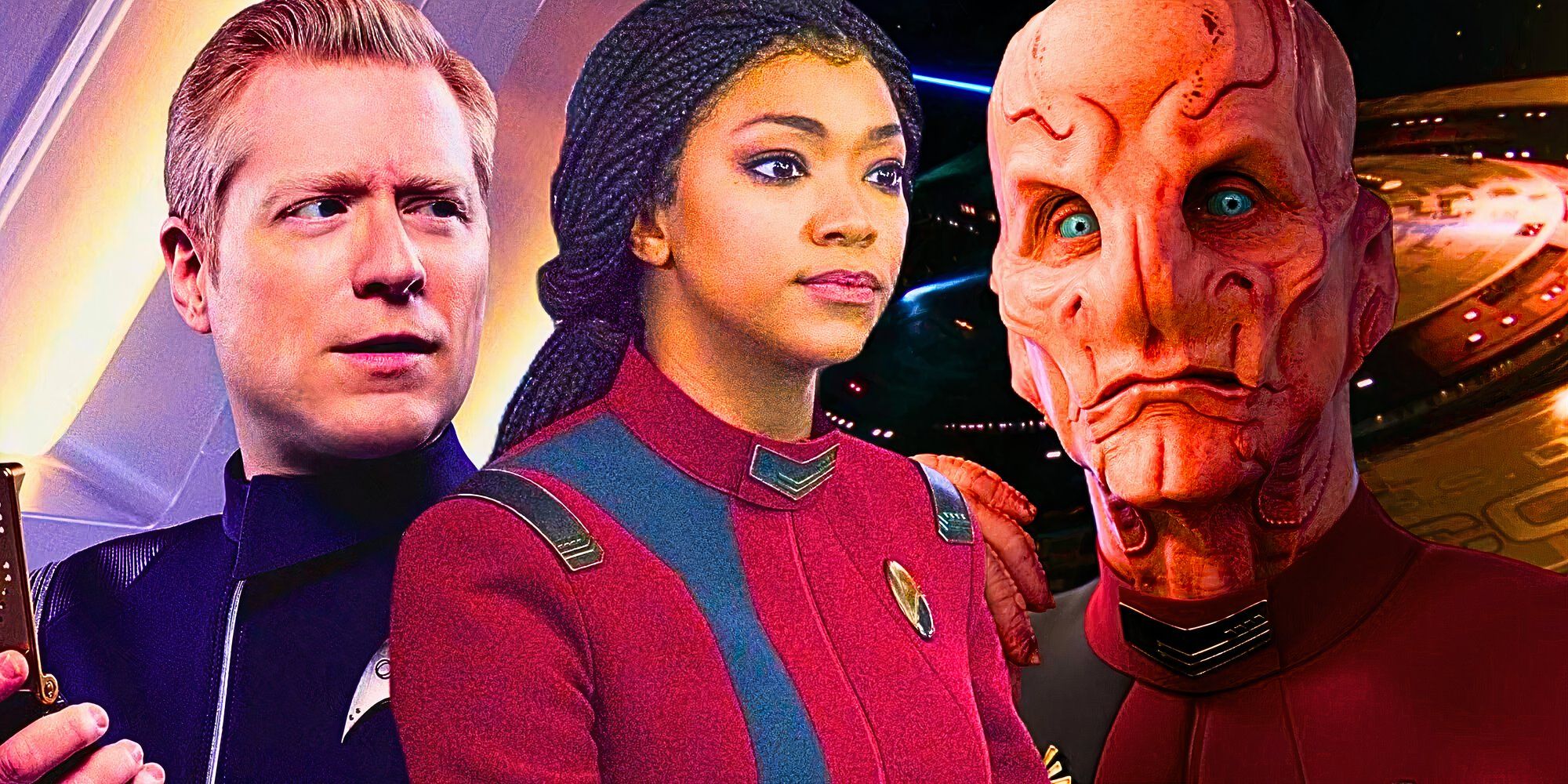
Related
10 Ways Discovery Made Star Trek Better
Although Star Trek: Discovery made some divisive decisions during its 5-season run, the show made many positive contributions to the franchise.
However, Discovery's mixed reviews didn't stop the franchise's commitment to change, nor did the other various projects that weren't met with quite as much excitement or praise as expected. Although Star Trek: Strange New World's classic approach to franchise storytelling is proof the old ways still have merit in the modern era, the vast majority of other spinoffs have still contributed brilliantly to the larger canon in ways that wouldn't have been possible without the Star Trek saga's forward-thinking.
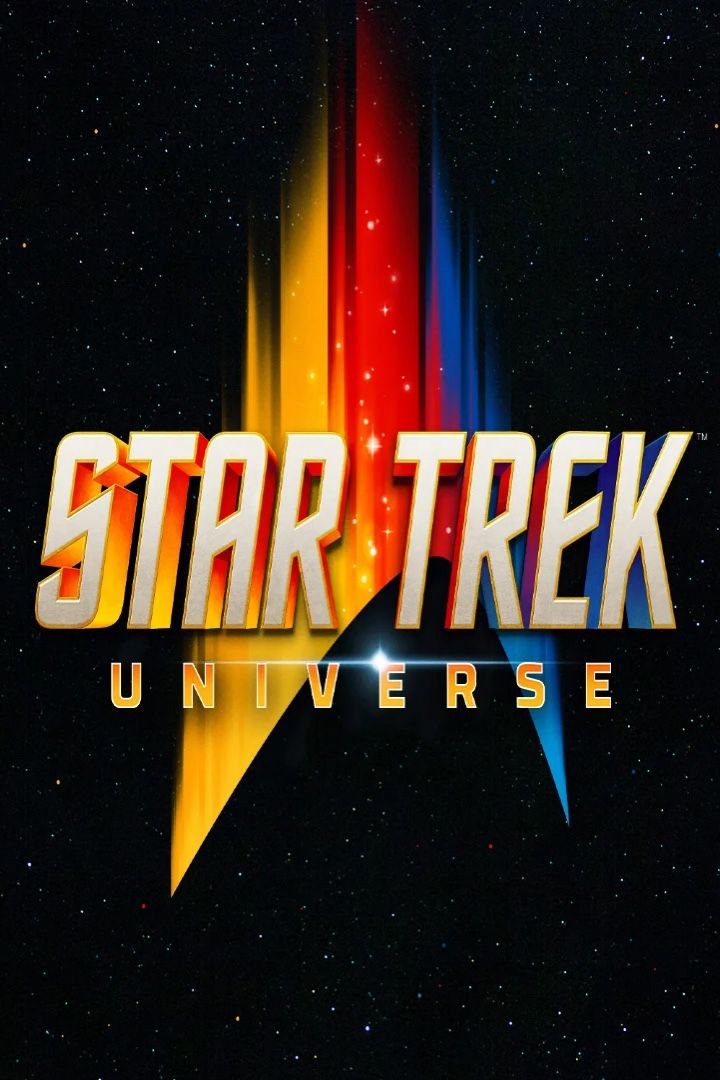
Star Trek
Star Trek is one of pop culture's biggest multimedia franchises, spanning multiple movies, TV shows, books, comics, video games, and various other media. The franchise was created by Gene Roddenberry and started with the 1960s TV series starring William Shatner and Leonard Nimoy. Over the decades, several equally popular series have come out since as Star Trek: The Next Generation and Star Trek: Discovery.
Created by Gene Roddenberry
First Episode Air Date September 8, 1966



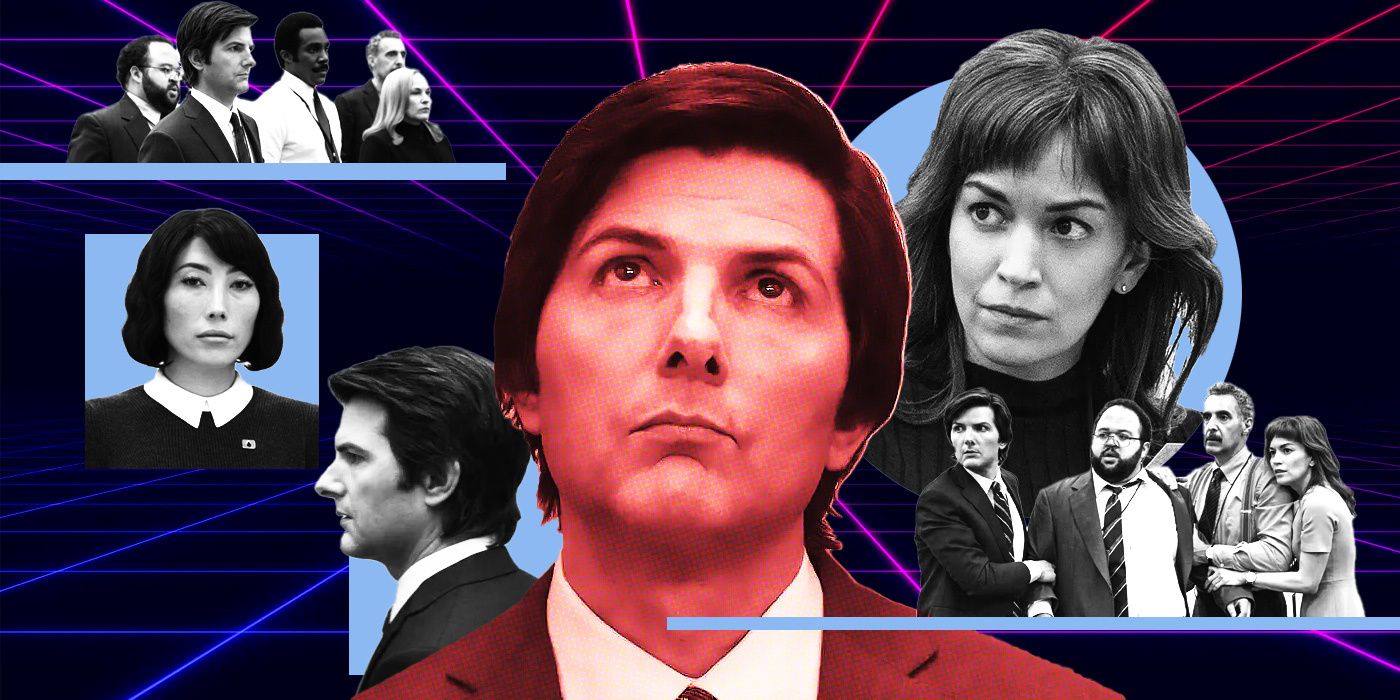



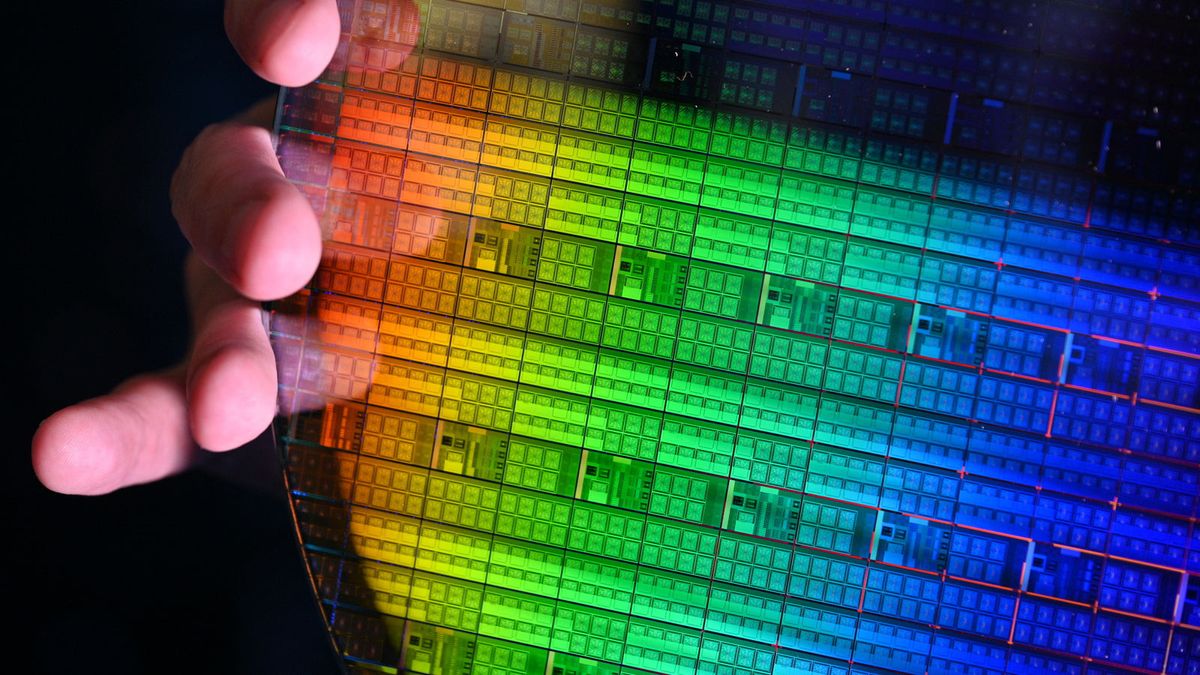

 English (US) ·
English (US) ·